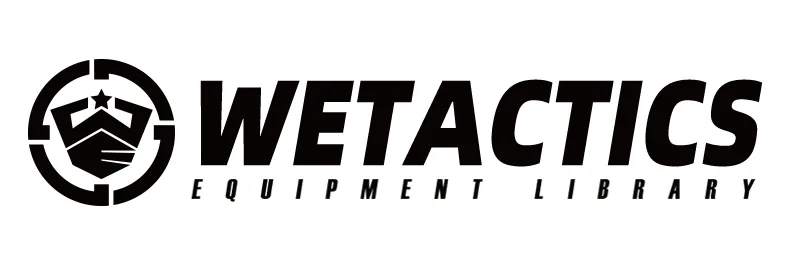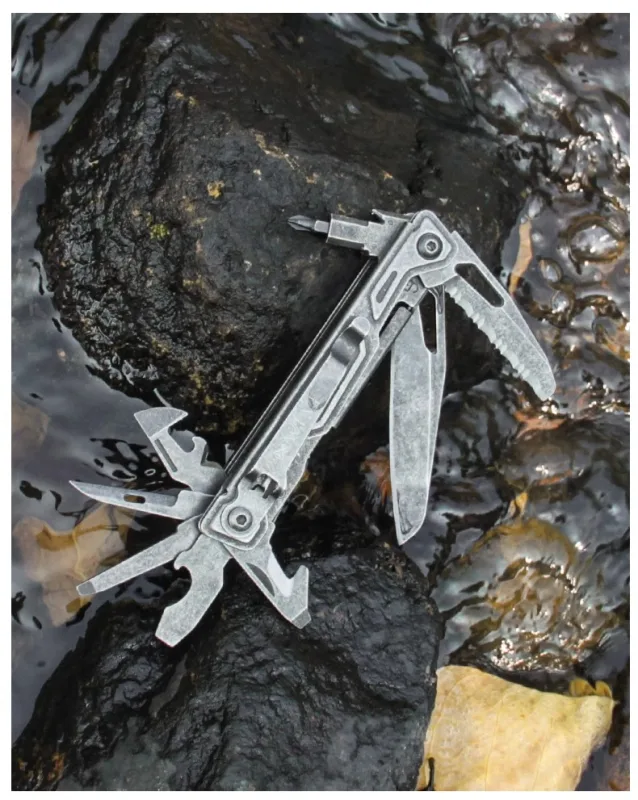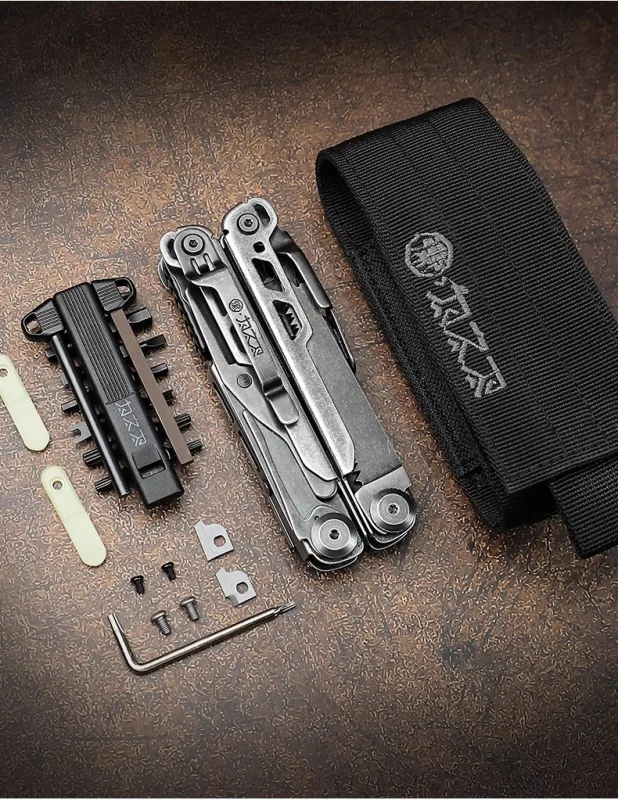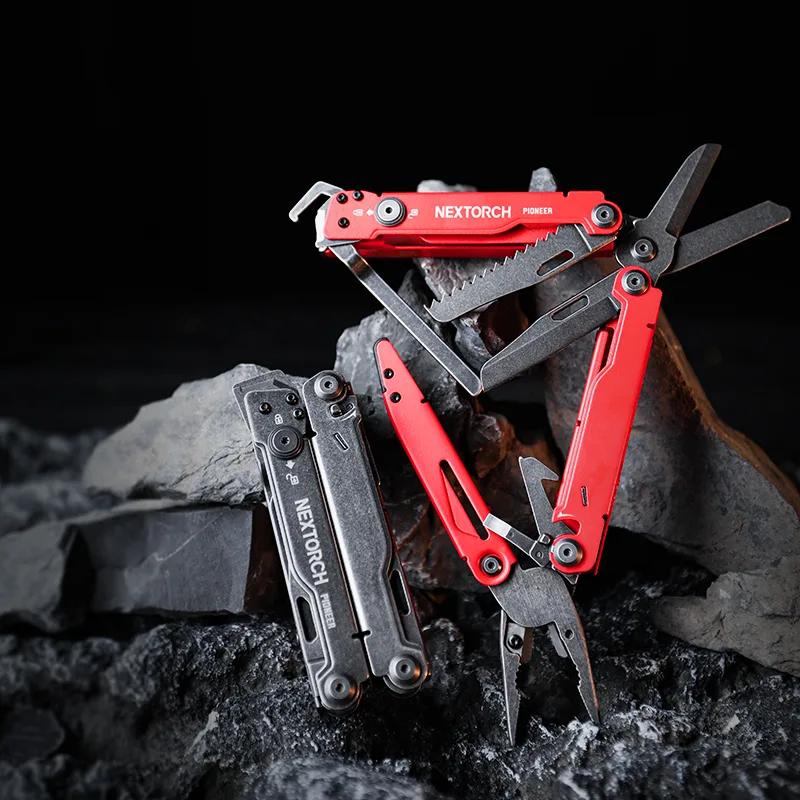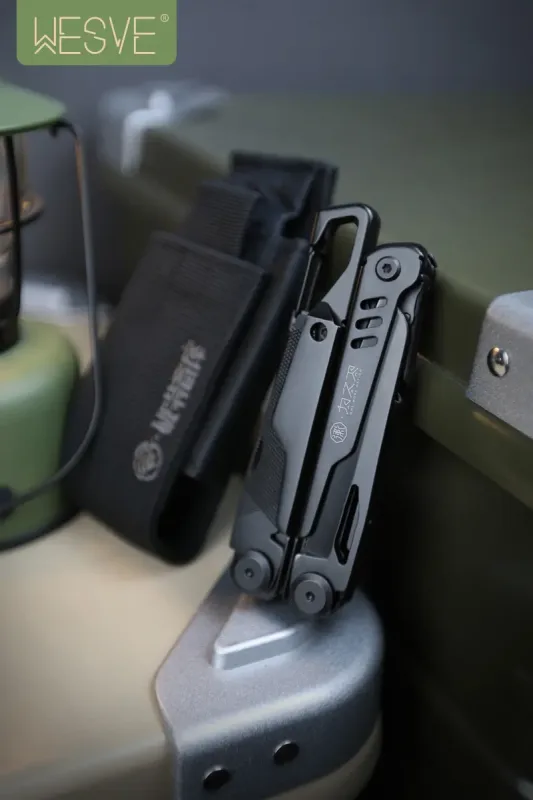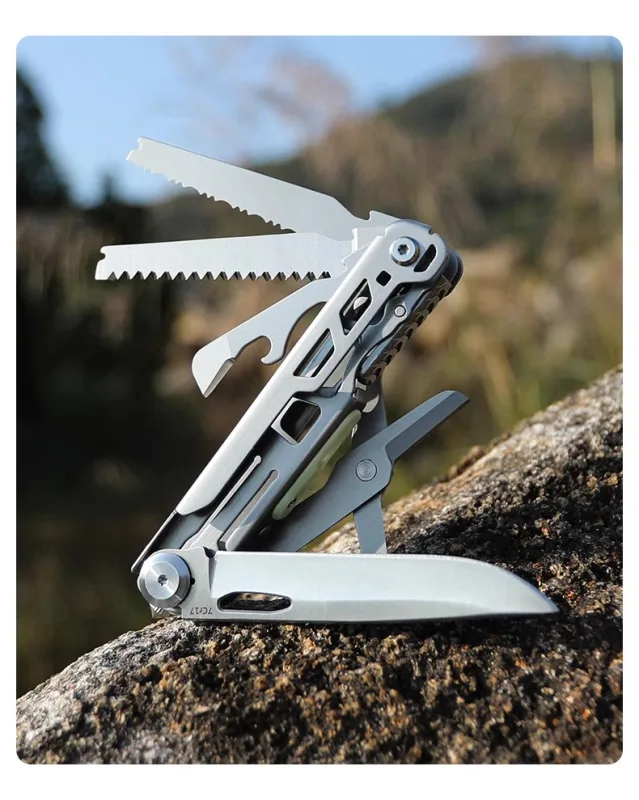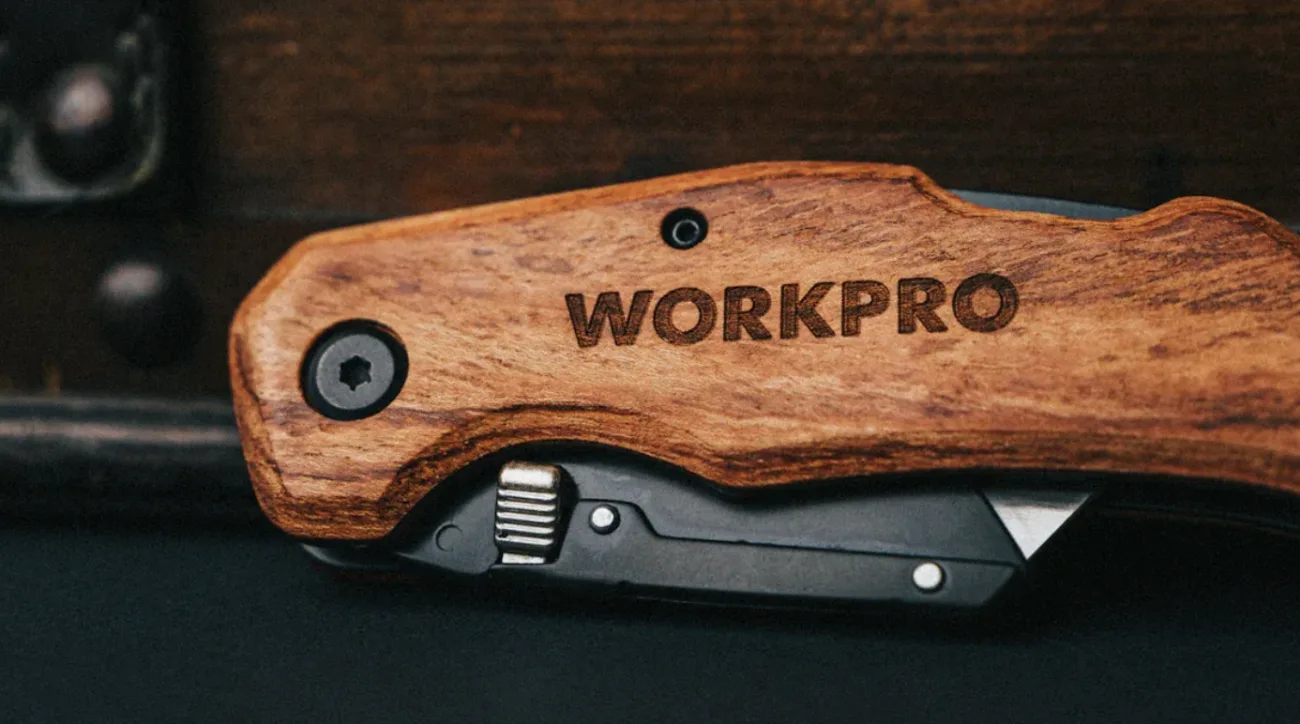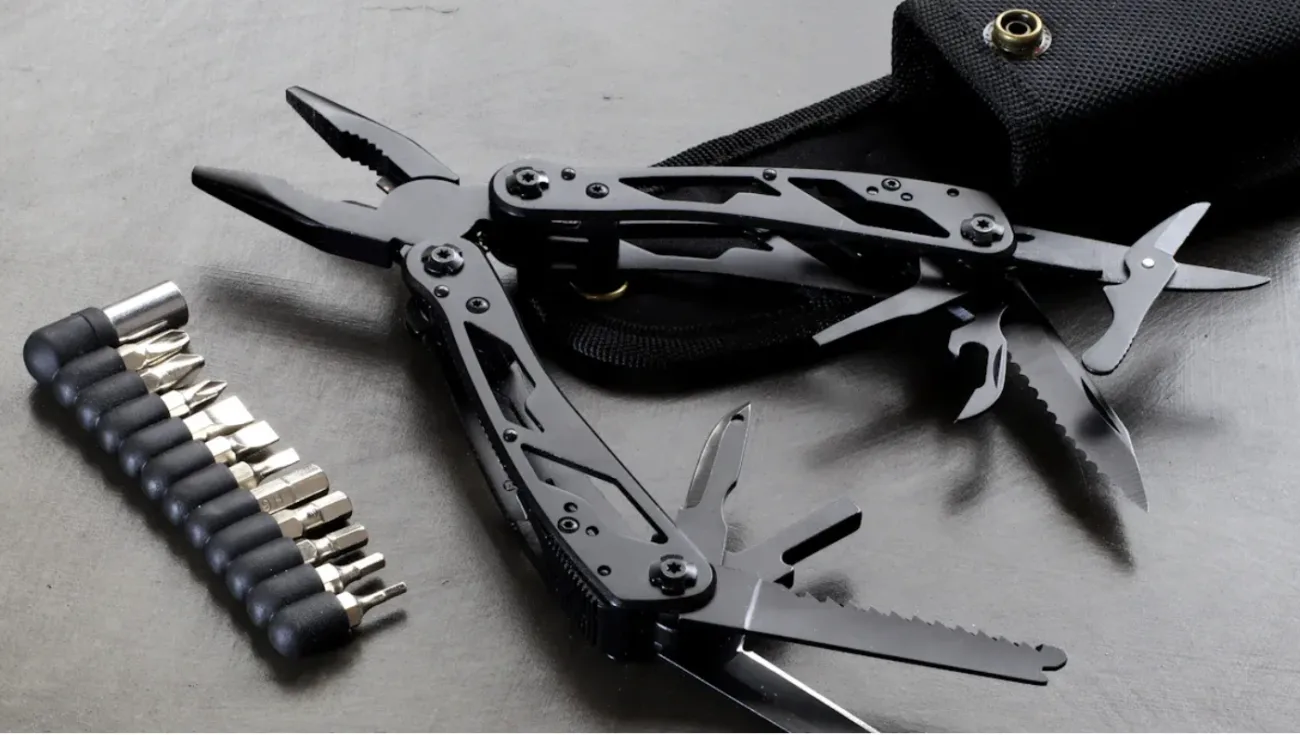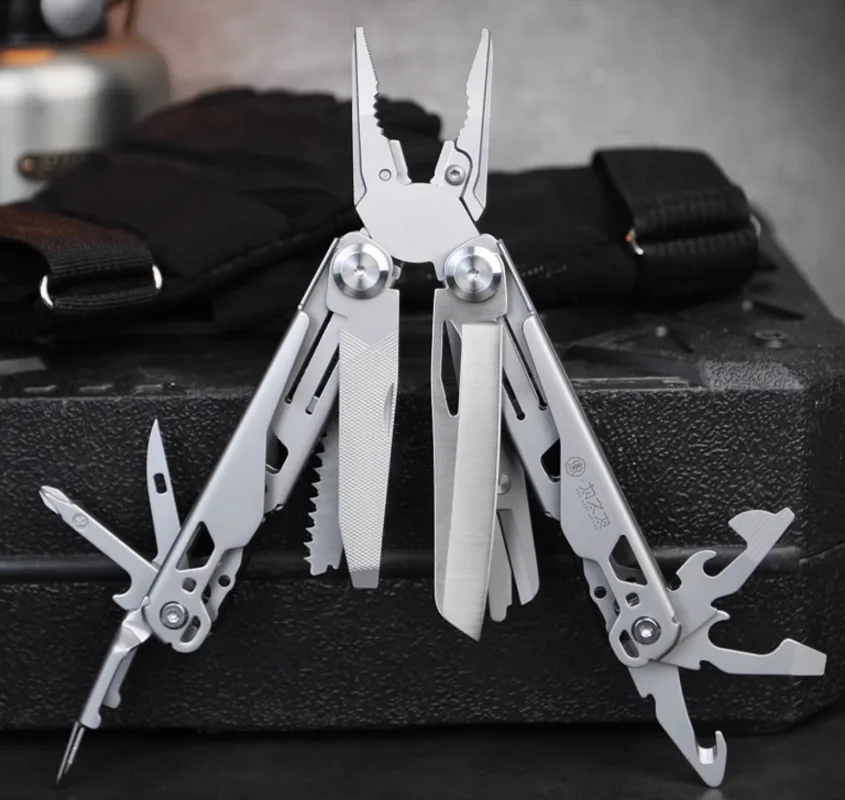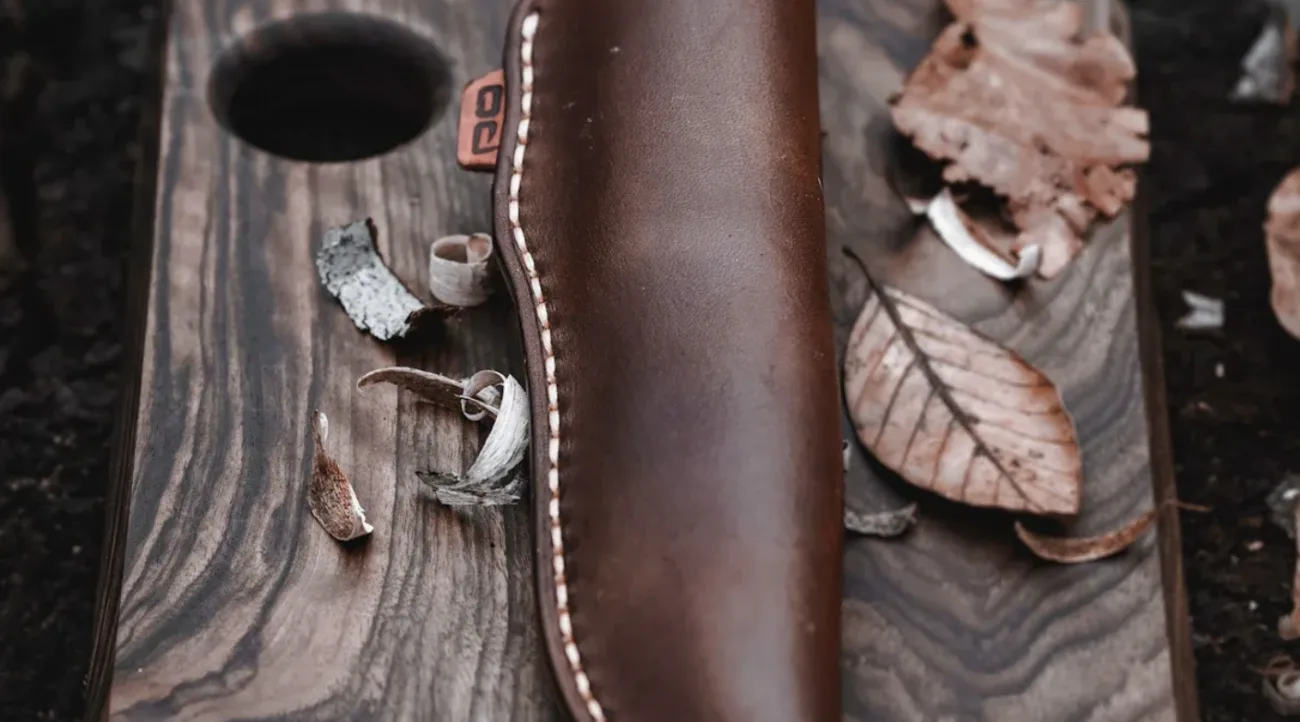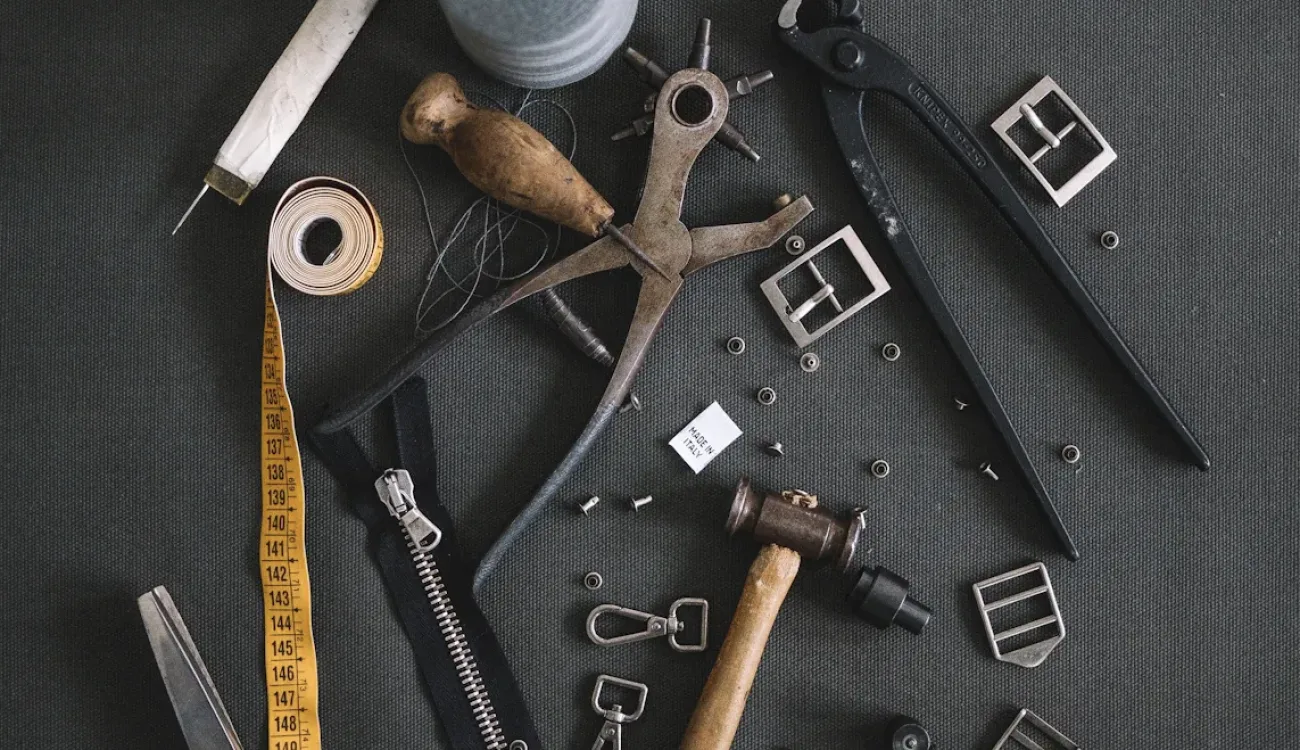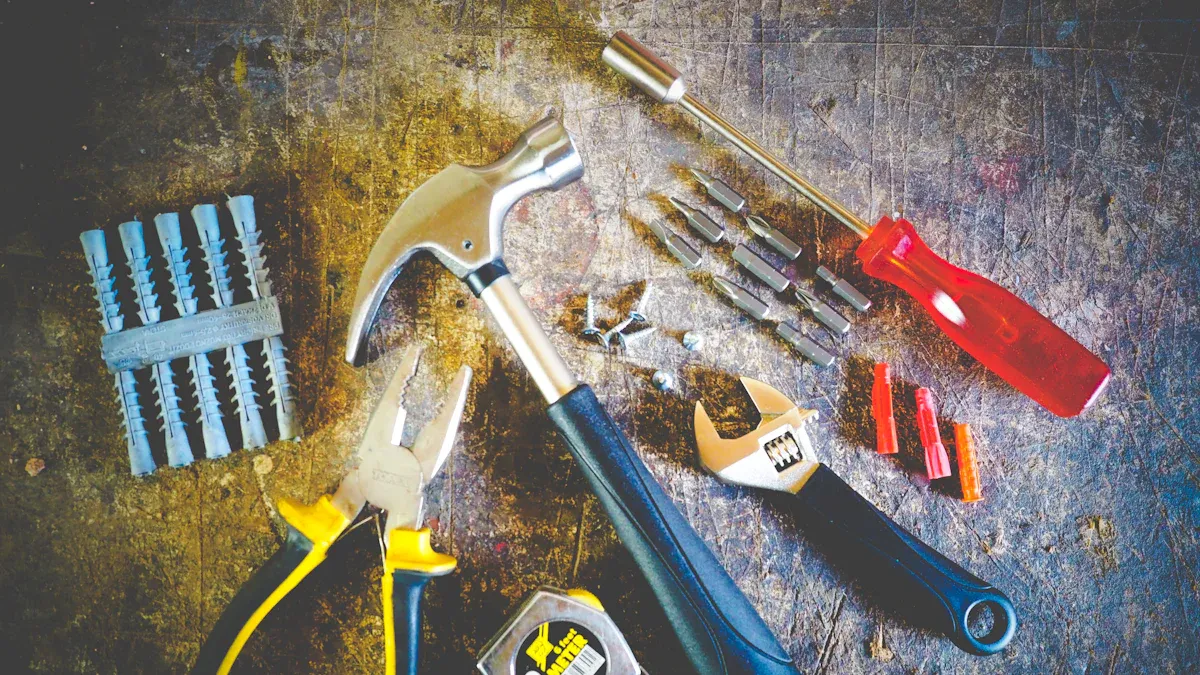By WETACTICS Outdoor Gear Lab
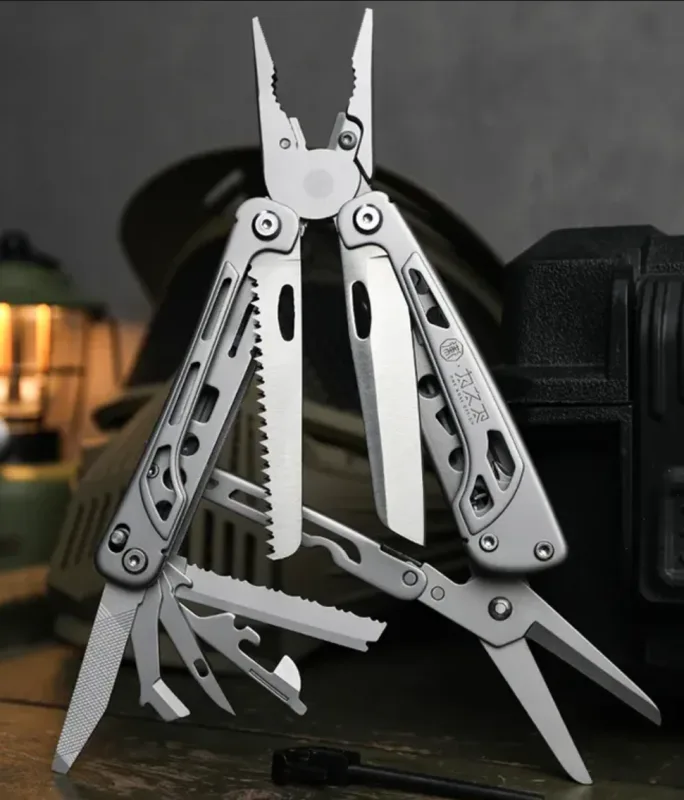
In the world of outdoor tools, steel choice defines a knife’s character — whether it’s sharper, tougher, more rust-resistant, or easier to maintain.
When shopping for knives, you may often see designations like 5Cr15, 8Cr13, 440C, or D2. These codes aren’t random; they represent the chemical composition and performance of the steel.
How to Choose a Reliable Outdoor Multi-Tool?
Let’s take an objective look at these common knife steels and their ideal applications.
1. 5Cr15: A Balanced Choice for Everyday and Light Outdoor Use
5Cr15 (or 5Cr15MoV) is a stainless steel with moderate carbon content, offering good corrosion resistance and toughness.
Key features:
- Strong rust resistance — high chromium content ensures stability in humid environments.
- Easy to sharpen — can be restored quickly after dulling.
- Good toughness — less prone to chipping or cracking.
- Moderate hardness (around 55–57 HRC) with average edge retention.
👉最适合:厨刀、轻型露营工具和多功能钳子。
如果您主要用途是日常或轻度户外活动,5Cr15 性价比极高。
https://www.wetactics.com/index.php/product/20-in-1-camping-multitool-with-fire-starter/
2. 8Cr13: The Sweet Spot Between Sharpness and Durability
8Cr13MoV builds upon 5Cr15 with higher carbon and vanadium content, balancing sharpness and wear resistance.
Advantages:
- Sharper edge with longer retention.
- Cost-effective, widely available and easy to process.
- Good machinability, suitable for mass production and maintenance.
However, it’s less corrosion-resistant than 5Cr15, so regular cleaning is recommended in coastal or humid areas.
👉 Best for: EDC folding knives, camping knives, and entry-level tactical blades.
3. 440C: The Classic Stainless Benchmark
Once regarded as a premium stainless steel, 440C remains a trusted standard.
Highlights:
- High hardness (58–60 HRC) — retains sharpness for long periods.
- Excellent corrosion resistance.
- Harder to machine, resulting in slightly higher cost.
Its toughness is lower, meaning it can chip under heavy chopping or impact.
👉 Best for: mid-to-high-end outdoor, tactical, or diving knives.
4. D2: High Hardness and Wear Resistance — The “Semi-Stainless” Steel
D2 steel is well known among knife enthusiasts. Technically, it’s not a true stainless steel but a high-carbon, high-chromium tool steel.
Pros:
- Very high hardness (60–62 HRC) and excellent edge retention.
- Outstanding wear resistance, ideal for repeated cutting and demanding outdoor tasks.
Cons: - Limited corrosion resistance, requires regular oiling.
- Hard to sharpen, needs maintenance skill.
👉 Best for: professional tactical knives, survival blades, and heavy-duty multi-tools.
It’s a “pro-user steel” — extremely capable, but it rewards those who care for their gear.
5. Choosing the Right Steel for Your Needs
There’s no “best” steel — only the right one for your usage balance.
| Use Scenario | Recommended Steel | Why |
|---|---|---|
| Light outdoor / daily carry | 5Cr15, 8Cr13 | Easy to maintain, good rust resistance |
| General outdoor / multi-use | 440C | Balanced performance, solid durability |
| Heavy-duty / tactical survival | D2 | Maximum hardness and wear resistance (requires care) |
When choosing, consider your environment (humid or dry), frequency of use, and maintenance habits.
Like picking a car — SUVs and sedans each excel in their own way — the key is finding what fits you best.
Conclusion
Steel is only one part of what defines a knife.
Heat treatment, structural design, and machining precision all play major roles in real-world performance.
Understanding materials is the first step — choosing wisely ensures your tool becomes a dependable partner outdoors.

